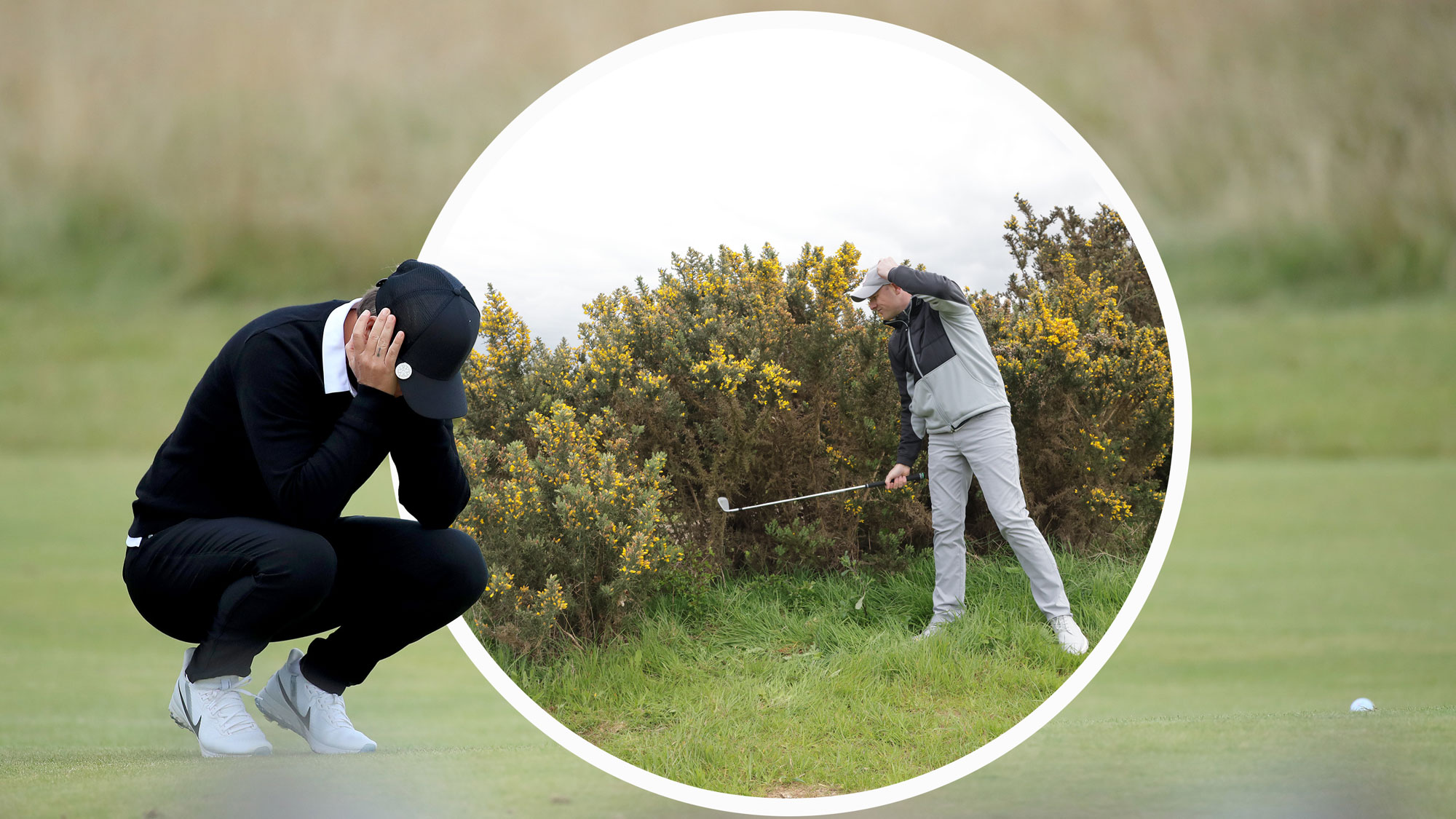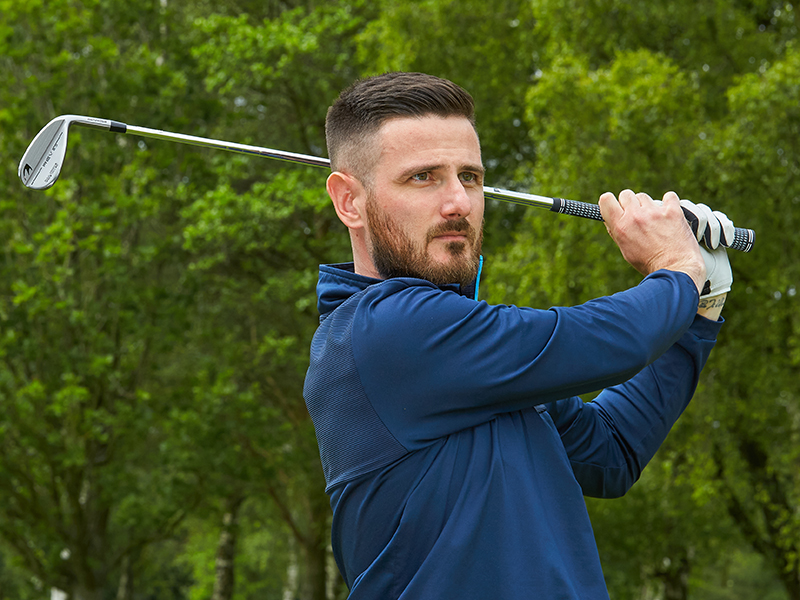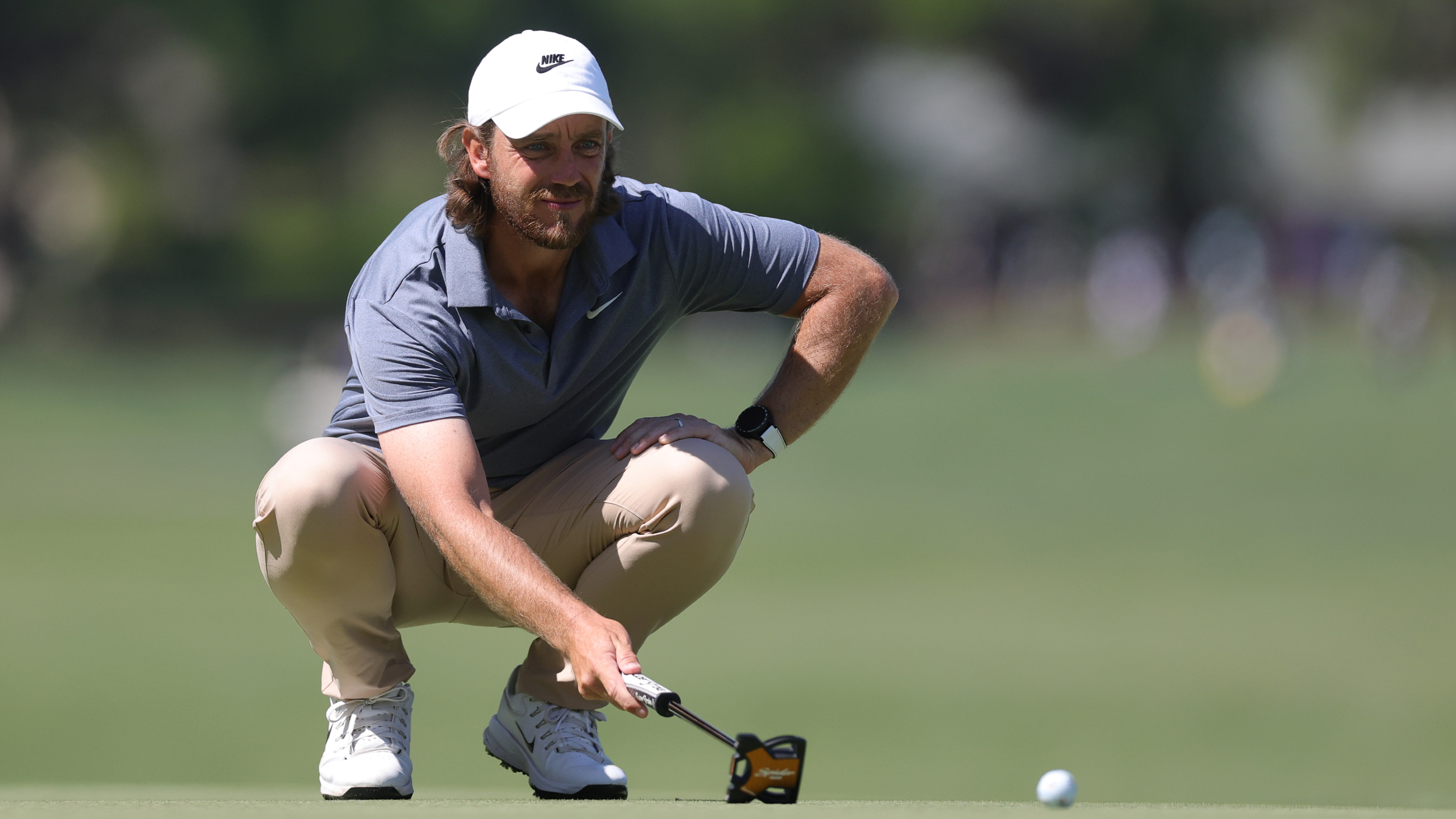'Things Are Going To Get Slower And Slower Unless We Act' – 45-Year Head Pro Reveals Plan To Fix Golf's Slow-Play Problem
Slow play is one of the most talked about issues in golf, but what is the solution? Well, experienced head pro Andrew Reynolds might have some of the answers...


Andrew Reynolds
Most golfers will have been in a situation on the golf course where the pace of play appears to be grinding to a halt, leading to soul-destroying waits before each shot and a bubbling fury that is tough to repress.
Slow play is a divisive subject, and often the finger of blame can be misguidedly pointed solely at golfers, so how do we get to the true root of the problem and find the way forwards?
I was fortunate enough to sit down with Andrew Reynolds, head professional at Royal Cinque Ports Golf Club for an impressive 45 years, and he shared an intriguing plan for tackling golf's No.1 pet peeve...

Andrew Reynolds is as experienced as they come in the game of golf, serving at Royal Cinque Ports as head professional since 1978. In his 45-year stint, he endeavoured to positively impact the slow play problem that clubs across the UK face, adopting some intriguing measures to move things in the right direction.
In recent years, especially since the COVID-19 pandemic, golf courses appear to have become far busier. The uptake in participation is certainly a positive for the sport, but every benefit also provides certain limitations - and for golf it's slow play.
After discussing one of golf's hottest topics with Andrew Reynolds, he felt there were a number of potential reasons why the slow play problem is getting worse over time.
"There are many reasons. One of those is that golf equipment now allows you to hit the ball further, so you are playing courses that are longer. If you are playing and putting cards in regularly, you have to play a measured golf course and can't make them shorter, and because courses are so busy they are crammed full. This means that there are rarely any spare tee time slots and as a result things are just going to get slower and slower.

More golfers are on the course due to increased participation in the sport, but is slow play all down the players?
"People also watch the top players (on TV) being very deliberate and taking their time. Having taken the England 'A' Team for a number of years as lead coach, our psychologist was clear that players must have a routine and as a result players are getting into certain habits.
Get the Golf Monthly Newsletter
Subscribe to the Golf Monthly newsletter to stay up to date with all the latest tour news, equipment news, reviews, head-to-heads and buyer’s guides from our team of experienced experts.
"It's a combination of media, TV and things that we see, and as a result people are just not aware of other golfers on the golf course. New players are coming into the game, the courses are longer and through watching golf on TV the 22-handicapper thinks they have to be that deliberate and that slow, but actually you haven't. You've got to think about other people on the golf course."
Throughout his career as a head pro, members continuously complained to Andrew about the pace of play on the course. As a result, he tried a number of different strategies and tactics to improve the pace of play and during our chat he went on to share five of them with me...
1. All Parties Must Work Together
Around 10 years ago, we decided to set up a weekly meeting with all parties involved, including someone from the pro shop, someone from the greens staff, someone from the office, the food and beverage team and we just reviewed the previous week and previewed the week to come.
One of the things that came out of it is that we decided not to let players play from the very back tees on visitor days. We have the gold tees (starting on the fairway), the purple tees and the club tees (around 6,500 yards), but players aren't allowed to opt to go another 100 yards back to the furthest tees.
That in itself, walking 100 yards back towards the furthest tees, adds up to another 200 yards and costs time on the golf course. It's an accumulation of things that makes golf slow.
It's so important to ensure that every part of the team at a golf club does their bit because if one part doesn't work the whole system fails.
2. Course Set-up
Often, courses are set up quite hard, so we did something here (Royal Cinque Ports) years ago between myself and the head greenkeeper. There was an event in the autumn when the clocks went back and we never used to finish it. So, instead of sticking the pins in difficult positions, we actually put them as close as we could to a gathering spot close to the next tee box.
This allowed players to play towards a point nearer to their next destination, rather than playing away and leaving their trolleys or bags on the wrong side of the green. That 35-yard walk there and back just continues to add more time to your round, so we changed it up.
On our four-ball days, we have starters and rangers out on the golf course to keep things moving, and it's much better. If clubs can do that, and have someone out once an hour driving through the course to encourage people and help them find a lost ball or whatever, that works.

Head Pro Andrew Reynolds used interesting course set-up strategies to support a better pace of play at Royal Cinque Ports
3. Educating New Players/Members
We try to encourage people who propose and second members to support new members by educating them (about etiquette). It's up to the members of a golf club to educate new people, and I suspect that doesn't happen everywhere.
If you play at one of the bigger courses, that can be over five hour rounds, players arrive at every other course and expect to play at that pace.
Education from golf clubs, people like yourselves (Golf Monthly), and TV to teach players to keep it moving as best they can is so important.
4. Tee Time Slots
We decided to move towards an eight-minute tee time slot, and that worked well. Royal Cinque Ports is predominantly played by two-balls, but when we have four-balls on the course we have 10-minute intervals.
We have two four-ball only days a week, Monday to Thursday. Four-balls start at nine-o-clock and if members want to whizz round quickly in two-balls they can go out before that. The remaining days are two-balls only and it works well.
Years ago, the R&A were very worried at The Open as they were struggling to finish before it got darker and darker. So, they changed the tee time slots from 10 minutes to 11 minutes and saved an hour at the end of the day. It was remarkable, that by adding a minute to each slot it meant it wasn't so bunched up and things flowed better.
That's a big factor with slow play, because there is so many people on the golf course.

Having appropriate tee time slots can be a great way to keep the flow of golf moving on the course
5. Pace Of Play (POP) Timers
We had a number of open events and the R&A Boys Amateur Championship a few years ago. We were all helping by marshalling and ball-spotting on the golf course, and what we found is that if there was a referee there then players would pay attention to the rule (three-minute lost ball search time), and if they didn't they were spending six, seven or eight minutes looking for a lost ball.
We just thought... this is unfair. Particularly if a buddy is playing with a buddy, they may tend to spend a bit longer looking for a ball. I played tournament golf, and that's unfair to the rest of the field.
Myself and three other members decided to produce the pace of play (PoP) timer. We went to England Golf with the idea and Jeremy Tomlinson thought it was fantastic.
It clips on your bag and is very easy to use. So, when we started trialling it, we noticed that just by having it on the bag people were aware that they needed to play a little bit quicker.
With a continuous beep sounding after three minutes, it's aimed to make things feel a little less awkward to challenge your mates or your competitors, and by using the timer regularly, players could shave 20 or 30 minutes off their round.

Barry joined Golf Monthly in January 2024, and now leads the instruction section across all platforms including print and digital. Working closely with Golf Monthly's Top 50 Coaches, he aims to curate and share useful tips on every aspect of the game - helping amateurs of all abilities to play better golf. A member at Sand Moor Golf Club in Leeds, he looks forward to getting out on the course at least once a week in the pursuit of a respectable handicap.
Barry is currently playing:
Driver: Benross Delta XT Driver
Hybrid: TaylorMade Stealth 4 Hybrid
Irons: Benross Delta XT 5-PW
Wedges: TaylorMade RAC 60, Callaway Jaws MD5 54
Putter: TaylorMade Spider Tour
- Andrew ReynoldsTop 50 Coach
-
 Tommy Fleetwood Makes Putter Change At RBC Heritage
Tommy Fleetwood Makes Putter Change At RBC HeritageThe Englishman has switched from a blade putter to a custom mallet-style TaylorMade Spider Tour putter for the Harbour Town event
By Mike Hall
-
 Perfect Your Putting Stroke With An Item Every Golfer Can Find in The Clubhouse Bar
Perfect Your Putting Stroke With An Item Every Golfer Can Find in The Clubhouse BarImproving with the putter should be on the priority list of every amateur golfer in 2025 – and you can achieve huge gains by using this simple clubhouse item
By Barry Plummer